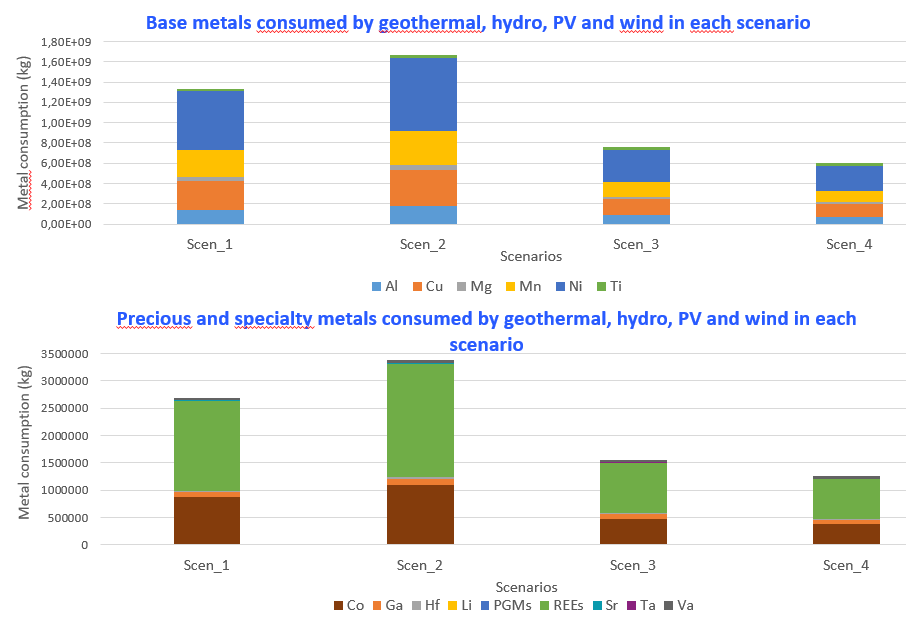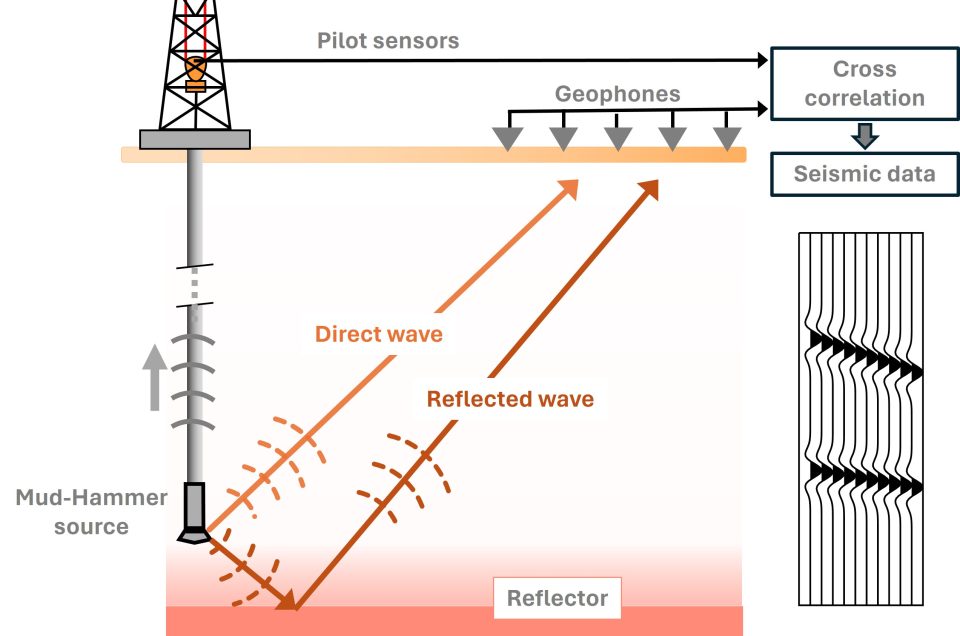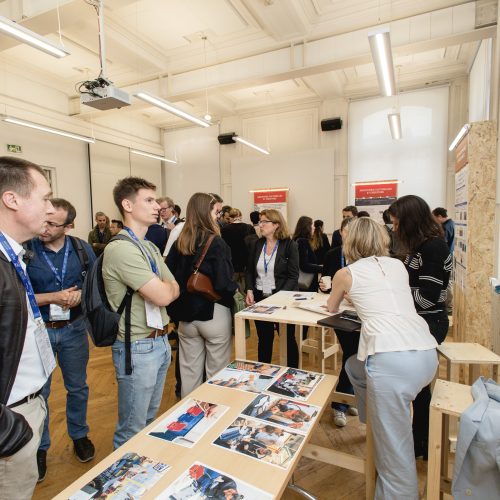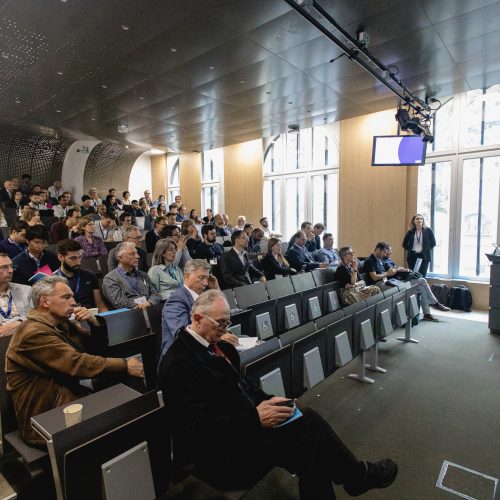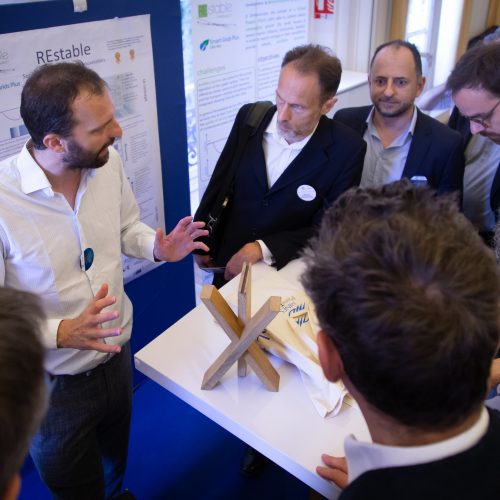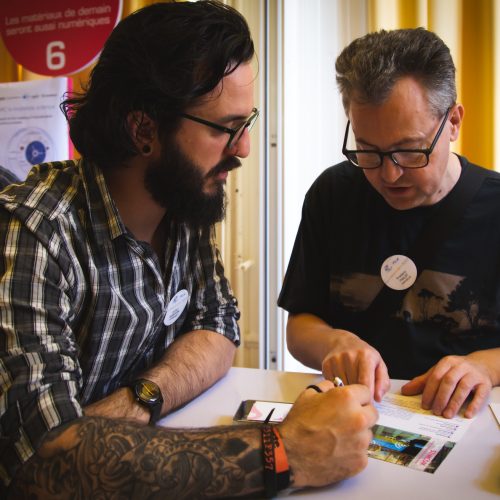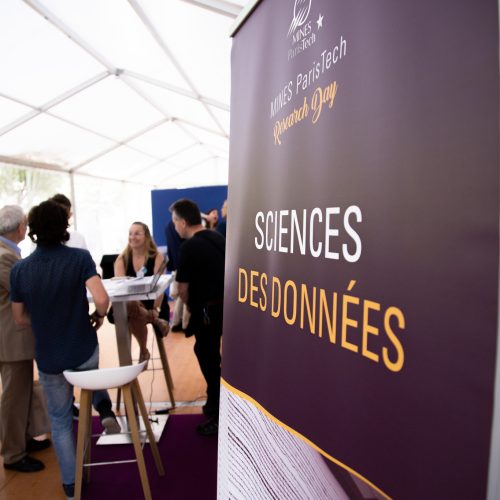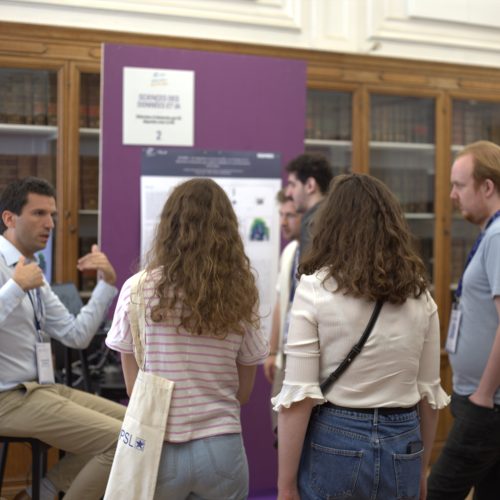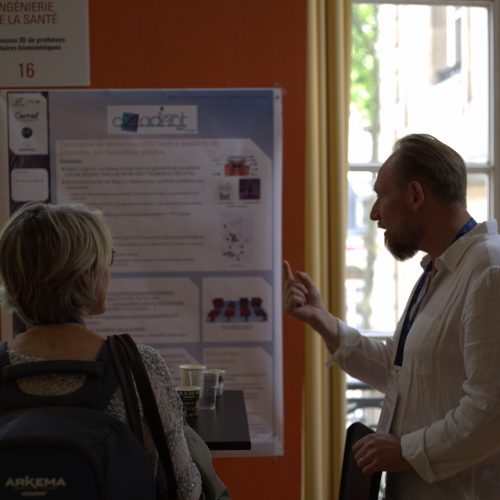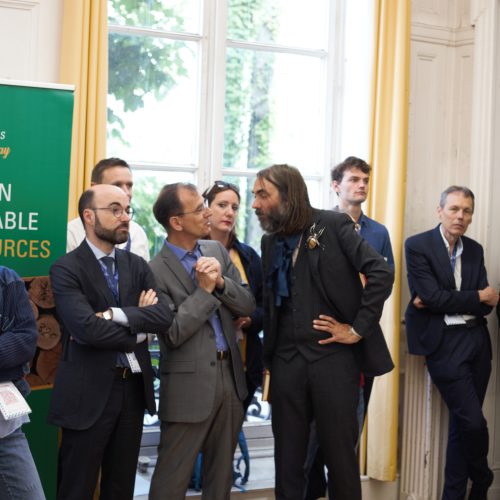Soft Matter Strategies for a Sustainable Future: Solutions for Life Sciences, Energy, and Environmental Applications
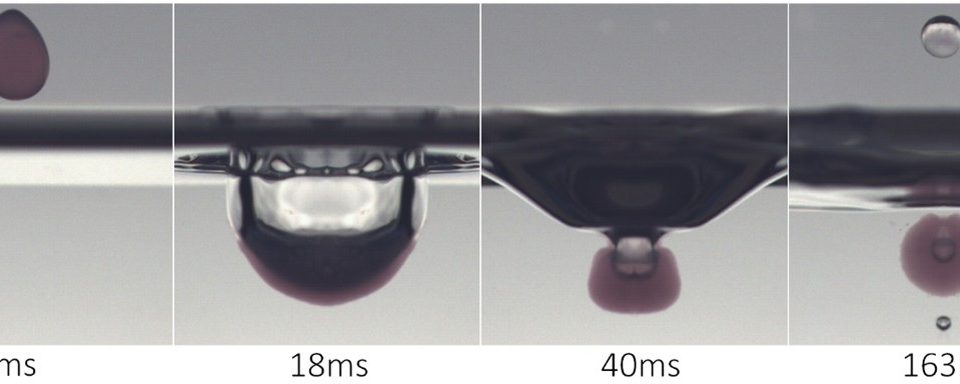
Soft Matter is a scientific domain devoted to materials that exhibit pronounced deformations when perturbed by weak forces. These materials (e.g., polymer fluids, gels, organic suspensions, colloidal suspensions, dense suspensions, granular media, foams, aerogels, cryogels, emulsions, surfactant assemblies, etc.) are organised at different scales (from nano to micron scales) with structural assemblies that are much larger than an atom (~1nm), but much smaller than the overall size of the material ( ≳100μm). The large size of the elementary structural units and the relatively weak interactions that hold them together are responsible for the characteristic softness of these materials, as well as their unique features, such as non-trivial flow behaviour and arrest in non-equilibrium states.
Here, we present five innovative Soft Matter based solutions for environmental and industrial needs related to the life science, energy, and environment:
1 – the generation and manipulation of complex milli/micrometric objects via microfluidics and drop impact, and mastering of encapsulation processes (for food, cosmetics, pharmacy, health; figure 1);
2 – the generation of ceramic beads and capsules via gelation of biopolymer drop containing ceramic particles (e.g., drop casting process; construction);
3 – 3D printing of bio-based wound healing scaffolds carrying active ingredients (health);
4 – the upcycling of cellulose waste textile into aerogel (sustainability);
5 – the development of biopolymer drag reducers, i.e., use long chain biopolymers able to interact with turbulent flows, mitigating turbulent fluctuations and, consequently, decreasing pumping energy/costs and water wastes (energy and sustainability).
These solutions are presented through experimental and numerical results.
Contacts : Anselmo Pereira, Sytze Buwalda, Edith Peuvrel-Disdier & Tatiana Budtova


